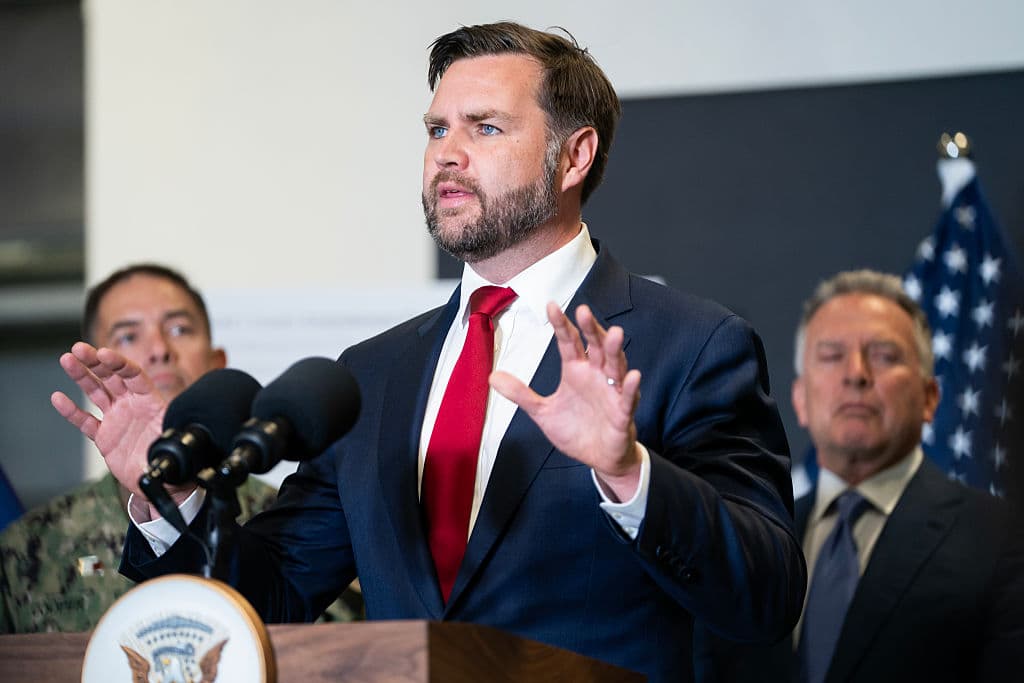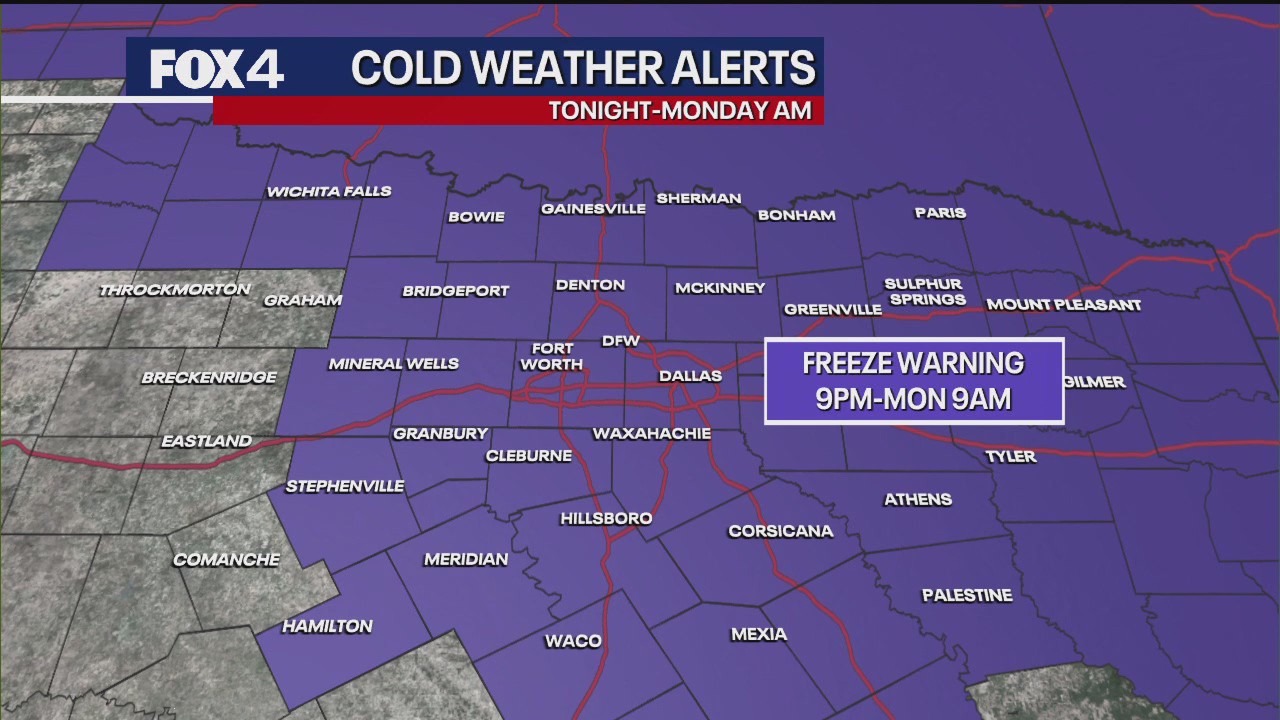UPDATE: Hamas’s swift regrouping in Gaza is now seen as a critical threat to the fragile peace in the region, prompting urgent concerns from Israeli officials. Vice President JD Vance, visiting Israel, maintains optimism about the implementation of the 20-point Gaza plan, but Israeli citizens are increasingly alarmed by the potential ramifications.
During a press conference at an American military facility in Kiryat Gat, Israel, Vance dismissed media narratives highlighting setbacks to the ceasefire. “It’s not the end; it is, in fact, exactly how this is going to have to happen,” he stated. He emphasized that the success of the Gaza plan could pave the way for previously hostile nations to normalize relations with Israel, citing interest from Gulf Arab states.
However, the rapid resurgence of Hamas, backed by Turkey and Qatar, has raised alarms among Israelis. Many fear that allowing Hamas to retain power in Gaza could unravel any progress toward lasting peace. According to Doron Matza, a professor at Achva College, the American approach to Gaza is “too internationalized,” proposing a UN Security Council resolution to establish a stabilizing force that may not align with Israeli objectives.
Vance’s comments reflect a deeper divide between American and Israeli strategies to resolve the conflict. He articulated a vision where both Palestinians and Israelis could live in security and stability, yet many Israelis are skeptical. The former senior member of Israel’s General Security Service, Matza, likened the current situation to historical debates about post-war reconstruction, suggesting that Israeli priorities differ significantly from American ideals focused on economic benefits.
As tensions rise, reports indicate that Hamas has appointed several “technocrats” for an interim government in Gaza, with the list approved by Egyptian, Qatari, Turkish, and other Arab mediators. Vance asserted that Israel must approve these appointments. Yet, Joe Truzman, editor at the Foundation for Defense of Democracies, highlighted that Hamas remains deeply entrenched in Gaza’s governance, impacting all administrative decisions.
Vance reiterated that reconstruction efforts in Gaza would occur in areas free from Hamas control. However, there are growing concerns over the Israeli military’s response to Hamas’s activities, particularly in the “yellow line” zone under Israeli jurisdiction. Despite an agreement for Hamas to release all hostages within the first 72 hours of the ceasefire, delays have emerged, with Vance noting the tragic possibility that some hostages are buried under rubble.
Former President Trump, in a recent Truth Social post, expressed hope for Hamas to disarm, warning that failure to do so would lead to a “fast, furious & brutal” end for the group. Yet, Truzman pointed out that Hamas has not committed to laying down arms in response to the peace plan, raising doubts about potential cooperation from Arab countries expected to join a multinational force in Gaza.
As negotiations continue, many analysts argue that the focus on maintaining the ceasefire is paramount, even if it means conceding to Hamas’s advantages. Matza cautioned, “It’s not like you can flip a switch and you’re back,” underscoring the complexity of resuming hostilities if necessary.
With the situation rapidly evolving, all eyes remain on the fragile peace in Gaza and the international community’s response to the looming threat posed by Hamas. The coming days will be crucial as officials work to navigate this precarious landscape.






